According to many health experts, the best way to protect yourself from germs is by washing your hands. But recently there has been much debate about what you should be washing your hands with.
Antibacterial soap was once commonly thought of as the top pick for hand washing. Now, health officials are warning against the dangers of using antibacterial soap.
Here’s what you need to know about antibacterial soap and whether it’s still the best choice for keeping your family healthy.
What Are the Health Concerns With Antibacterial Soap?
Recently, the United States banned the use of antibacterial soap claiming that it does more harm than good. Seems like a silly claim to make, especially when you think about the meaning of an antibacterial soap. Isn’t it supposed to be used to wash bacteria away?
In 2013 alone, antibacterial soap sales reached £239 million, proving that cleanliness is not a market people take lightly. But according to the Food and Drug Administration (FDA), there is no scientific evidence to prove that antibacterial soap is any better at washing away germs than regular soap. It might even be disrupting our hormone levels.
According to the Journal of Environmental Science and Technology, an ingredient in antibacterial soap called triclosan was found to alter a gene in the bacteria that caused it to become resistant to many antibiotics. The fear is that using antibacterial soap may cause immunity to antibiotics.
Where Else Are These Chemicals Lurking?
The findings of the FDA once again prove that chemicals lurking in our everyday life may have the ability to do more harm than good. Not only are natural soaps less likely to aggravate sensitive skin, they are now shown to clean just as effectively as the chemical laden stuff. They also won’t be disrupting our hormones!
In addition to triclosan, the FDA banned 17 other ingredients that are commonly found in manufactured antibacterial soap. But they aren’t just found in antibacterial soap. Triclosan may also be lurking in toothpaste, fabrics and even baby pacifiers. It has even tested positive for showing up in breast milk.
The possibility of dangers from chemicals in our daily lives is scary. Most of us wouldn’t think that a so-called health product would be making us more susceptible to getting sick. This is a good reminder to look for ways to cut down the use of chemicals in your life, from the cleansing products you use to the water you drink.
Triclosan is not found in water. But there are plenty of other scary chemicals that are. Chlorine, fluoride, mercury and lead are commonly found in tap water. Chlorine alone has been linked to infertility, digestive problems, thyroid disease, and an increase in cholesterol.
Think about all the ways we use water. We drink it, we bathe in it and we wash our clothes in it. Imagine how many ways in our daily life we are subjecting ourselves to harmful chemicals.
Avoiding Chemicals Like The Plague
Washing your hands is a good way to avoid sickness. But washing them in homemade soap with clean water might be the best prevention. To rid your exposure of chemicals even further from water in your home, you may want to consider installing an Energy Plus Water Filter.
One of the biggest reasons why people like antibacterial soap is because it foams, which makes you feel like it’s working better. Try this organic foaming hand soap recipe for clean hands without the harsh chemicals.
Organic Foaming Hand-Soap Recipe
Ingredients:
- 2 tablespoons liquid castile soap
- ½ teaspoon of organic flaxseed oil
- 12 ounces of purified water
- Soap dispenser
- Optional: a few drops of your favorite essential oil (lavender or rose oil work well)
Recipe: To make, fill the soap dispenser with water, saving approximately one inch from the top. Add two tablespoons of the liquid castile soap, followed by the oil and lastly the essential oil. Close the lid and shake gently. Use this right away on hands as you would any manufactured hand soap!
If you don’t want chemicals lurking in your clothes also, be sure to wash them in a chemical-free mixture with chemical-free water. You can buy store bought chemical-free laundry detergent, or you can save money and make your own at home.
Chemical-Free Laundry Detergent Recipe
Ingredients:
- 1 cup of washing soda
- 1 bar of natural bar soap, shaved
- 1 cup borax
Recipe: To make, grate the bar soap with a cheese grater or in a food processor until it’s in a powder form. Add the bar soap powder to a large bowl and combine the washing soda and borax. You can also add a few drops of essential oil or a few teaspoons of baking soda. To use, add ¼ cup per load or laundry to the washer.
Be sure you’re using purified water to eliminate the possibility of chemicals lurking in your clothes after they are washed. Become aware of the dangers of blue light, and here is a must try healthy pumpkin spice latte recipe that our followers on Facebook love!













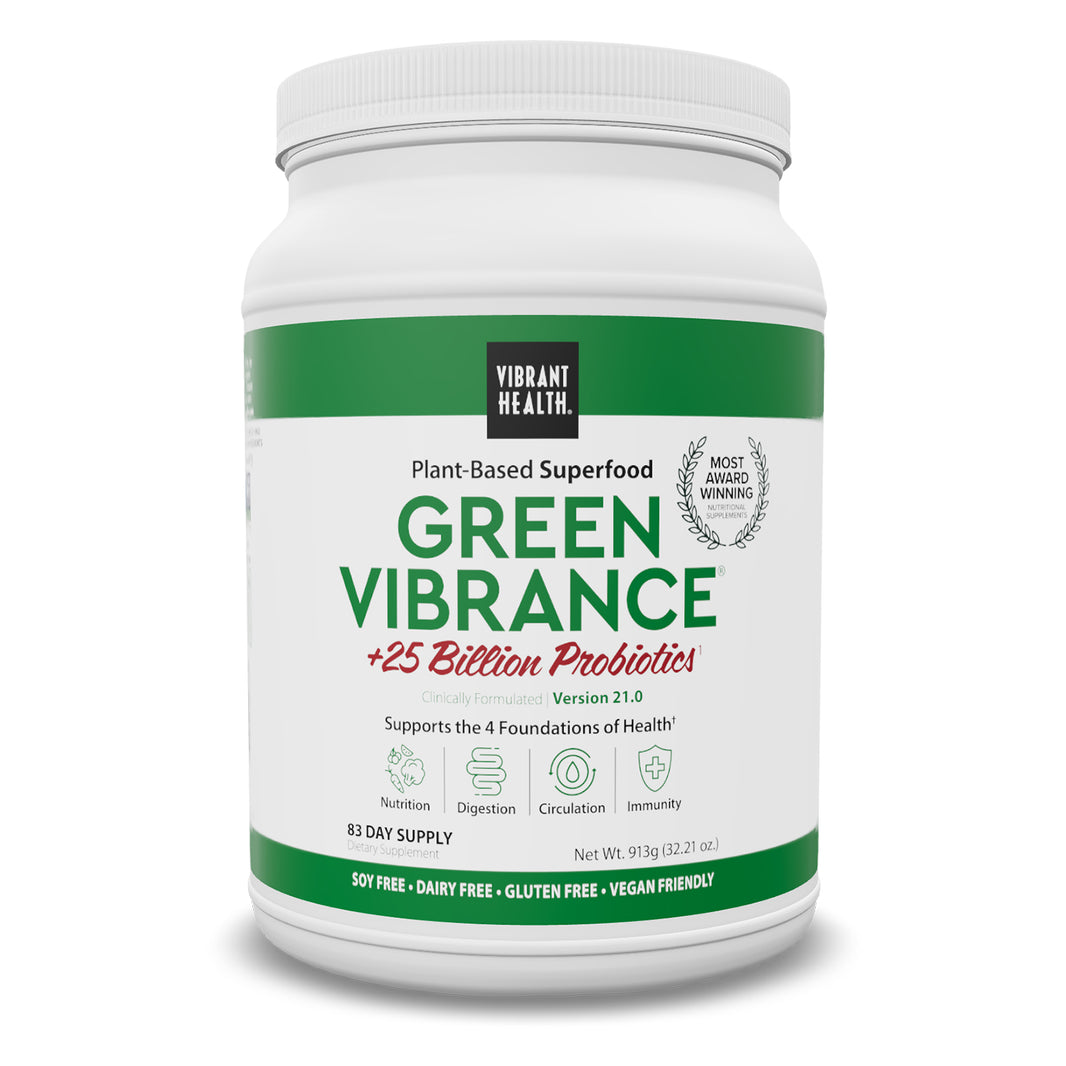










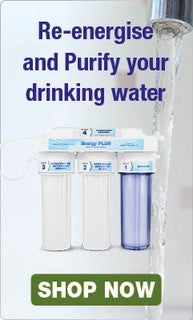
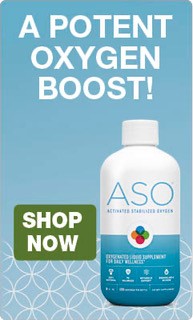
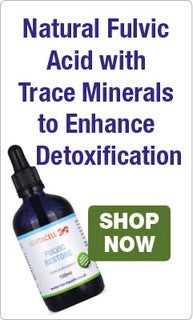
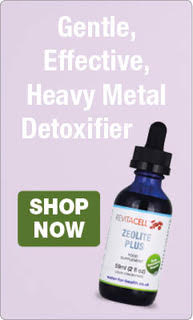
Leave a comment